
Plasma Membrane Plasma membrane, Pharmacology nursing, Endocrine
According to the fluid mosaic model, the plasma membrane is a mosaic of components—primarily, phospholipids, cholesterol, and proteins—that move freely and fluidly in the plane of the membrane.

Cell Membrane Introduction, Structure & Function
The plasma membranes of mammalian red blood cells () have been particularly useful as a model for studies of membrane structure. Mammalian red blood cells do not contain nuclei or internal membranes, so they represent a source from which pure plasma membranes can be easily isolated for biochemical analysis.

Cell Membrane Labeled Cell Membrane Structure, Plasma Membrane, Biology
Biology Biology Article Plasma Membrane Plasma Membrane Table of Contents What is Plasma Membrane? Structure of Plasma Membrane Functions of Plasma Membrane Facts about Plasma Membrane The outer covering, which covers the surface of a cell is termed the membrane. What is Plasma Membrane?
/cell-membrane-373364_final-5b5f300546e0fb008271ce52.png)
Cell Membrane Function and Structure
The plasma membrane, also called the cell membrane, is the membrane found in all cells that separates the interior of the cell from the outside environment. In bacterial and plant cells, a cell wall is attached to the plasma membrane on its outside surface. The plasma membrane consists of a lipid bilayer that is semipermeable.

Khan Academy Plasma membrane, Biology diagrams, Math printables
Design Labels Like a Pro with Our Customizable Label Templates! Download or Create Label Templates for Online Office Software
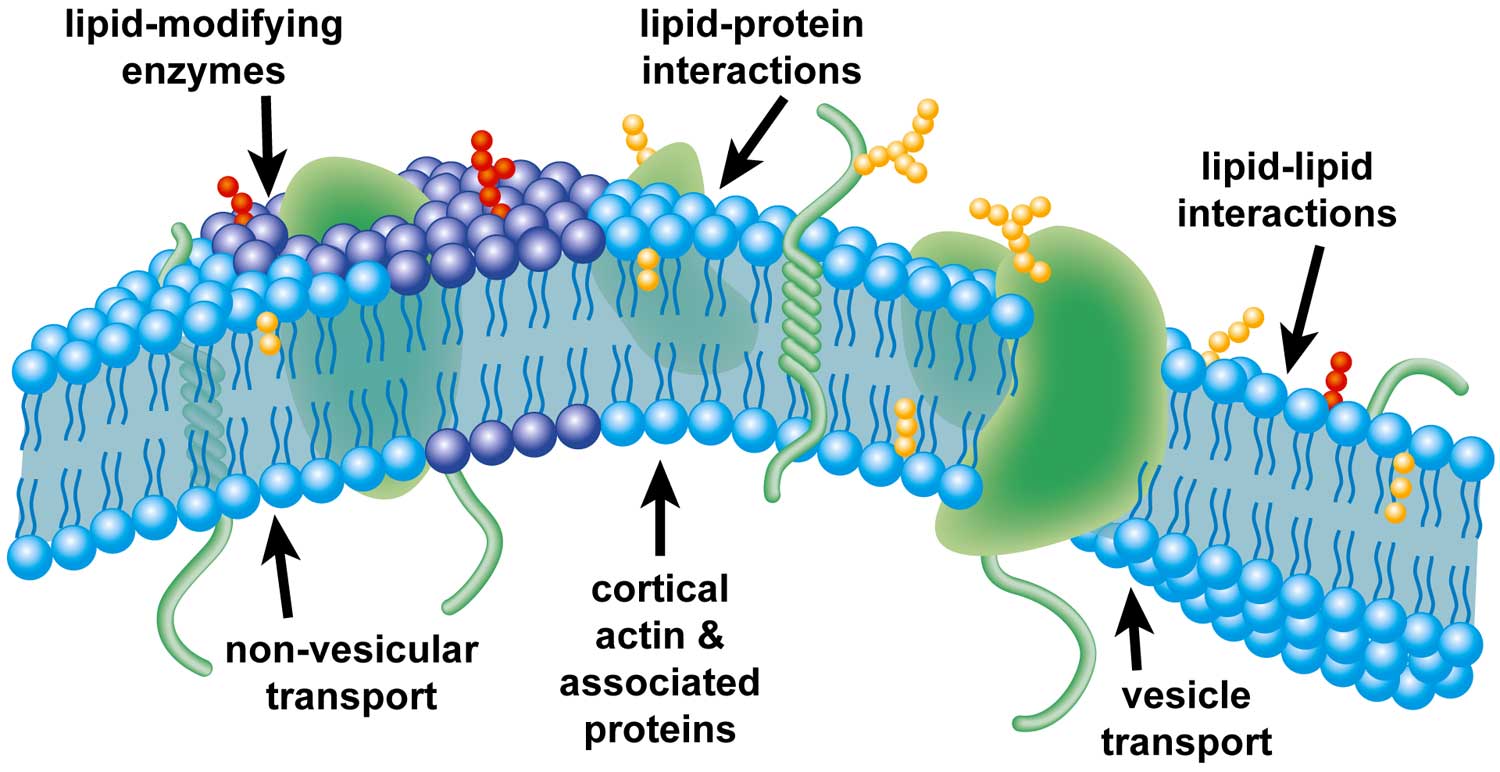
Membrane Structure and Diffusion Biology Quizizz
The plasma membrane, also known as the cell membrane, separates the interior of the cell from the extracellular environment. It is composed of about 50% lipids and 50% proteins.
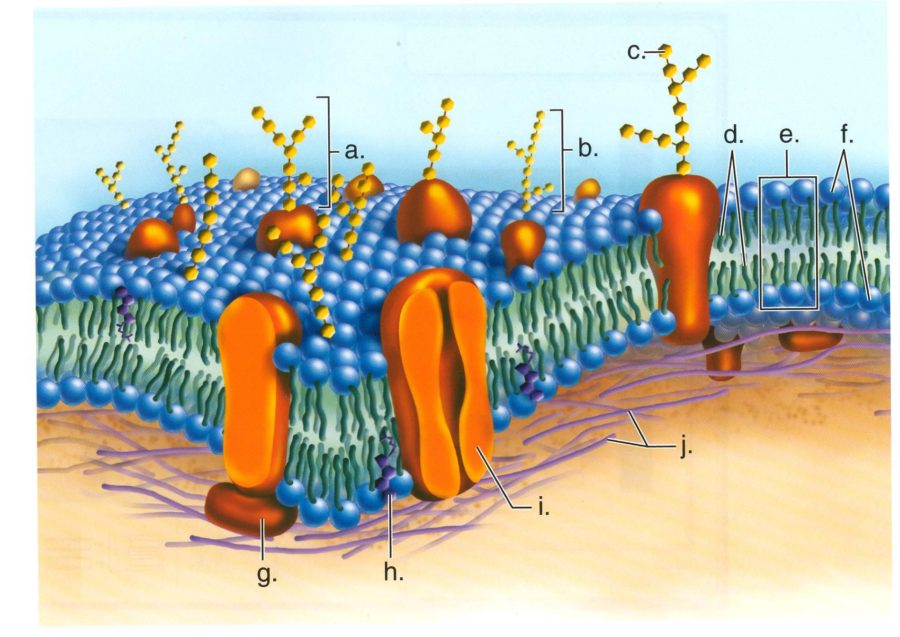
Plasma Membrane Diagrams 101 Diagrams
This protocol describes the use of TMA-DPH to label the plasma membrane. MeSH terms Cell Membrane / metabolism* Cytological Techniques / methods* Diphenylhexatriene / analogs & derivatives* Diphenylhexatriene / metabolism Staining and Labeling / methods* Substances Diphenylhexatriene 1- (4- (trimethylamino)phenyl)-6-phenylhexa-1,3,5-triene
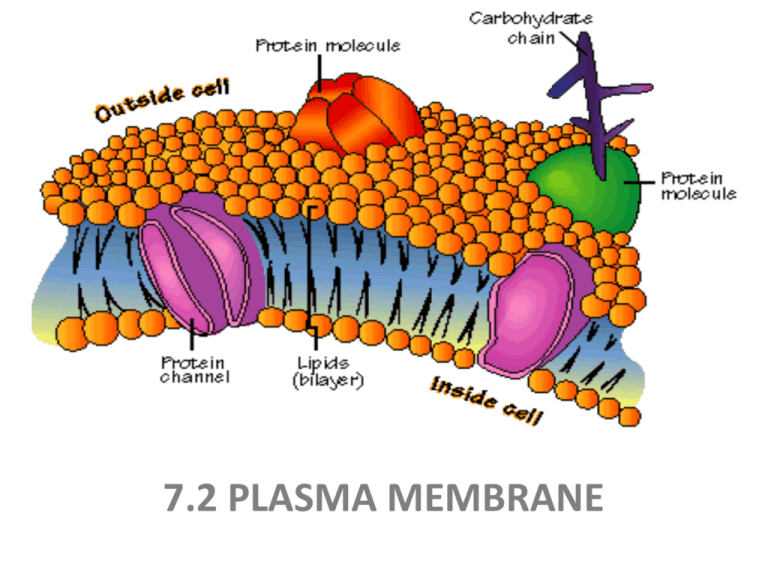
STRUCTURE of PLASMA MEMBRANE
The plasma membrane of a cell is a network of lipids and proteins that forms the boundary between a cell's contents and the outside of the cell. It is also simply called the cell membrane. The main function of the plasma membrane is to protect the cell from its surrounding environment.

Who discovered fluid mosaic model of plasma membra
11. protein type that spans the plasma membrane Activity 2: Label the Drawing. The illustration of the plasma membrane is from your lesson. Test your memory of the structural components and their.
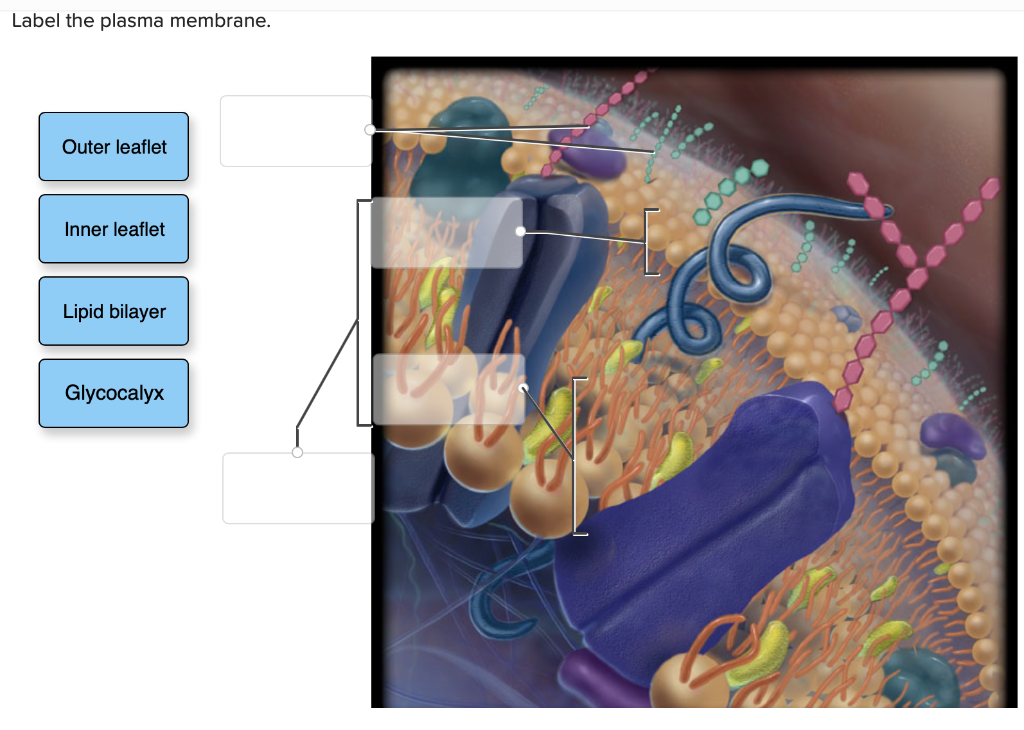
Solved Label the plasma membrane. Outer leaflet Inner
Membrane Proteins Can Be Associated with the Lipid Bilayer in Various Ways. Different membrane proteins are associated with the membranes in different ways, as illustrated in Figure 10-17.Many extend through the lipid bilayer, with part of their mass on either side (examples 1, 2, and 3 in Figure 10-17).Like their lipid neighbors, these transmembrane proteins are amphipathic, having regions.

The building blocks of cells
Key Points. The principal components of the plasma membrane are lipids ( phospholipids and cholesterol), proteins, and carbohydrates. The plasma membrane protects intracellular components from the extracellular environment. The plasma membrane mediates cellular processes by regulating the materials that enter and exit the cell.
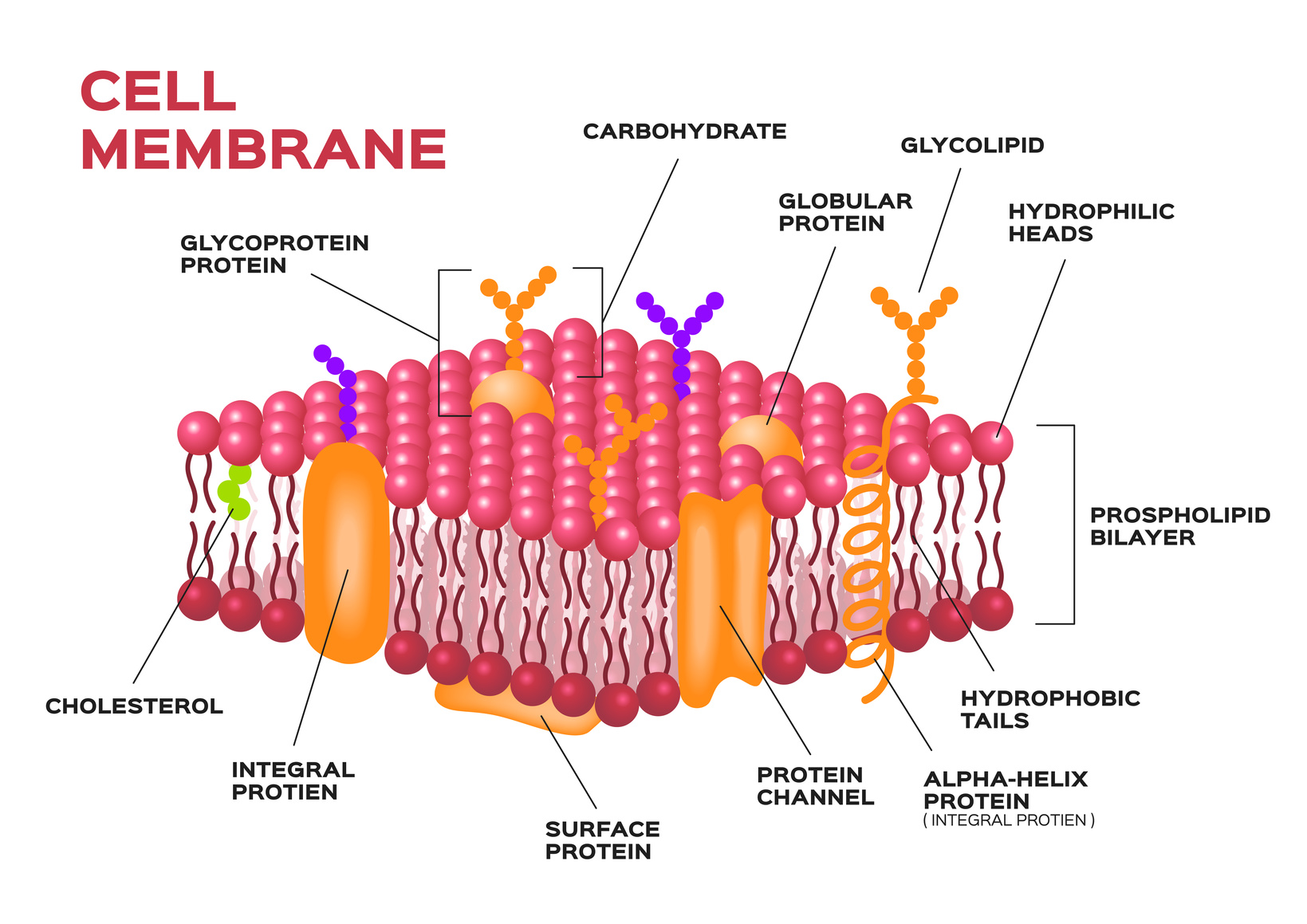
Phosphatidylserine Review Top Memory Pill May Boost Mental Performance
Figure 2.4.1 2.4. 1: Animal cell model. The plasma membrane is a structure that forms a barrier between the cytoplasm inside the cell and the environment outside the cell. Without the plasma membrane, there would be no cell. The membrane also protects and supports the cell and controls everything that enters and leaves it.

Image and Video Gallery National Institute of General Medical Sciences
The plasma membrane is the border between the interior and exterior of a cell. As such, it controls passage of various molecules—including sugars, amino acids, ions, and water—into and out of the cell. How easily these molecules can cross the membrane depends on their size and polarity.

ANTPHY 1 Study Guide (201415 Lykins) Instructor Lykins at University
Plasma membranes range from 5-10 nm thick. As a comparison, human red blood cells, visible via light microscopy, are approximately 8 μm thick, or approximately 1,000 times thicker than a plasma membrane. Figure 6.1.1 6.1. 1: The fluid mosaic model of the plasma membrane structure describes the plasma membrane as a fluid combination of.

Plant Cell Membrane
Over 90% Of All Products On eBay Are Brand New. Big Brands, Top Retailers. Great Prices On Millions Of Items. Get It On eBay.
/plasma_membrane-58a617c53df78c345b5efb37.jpg)
Cell Membrane Function and Structure
On the Web: cell membrane, thin membrane that surrounds every living cell, delimiting the cell from the environment around it. Enclosed by this cell membrane (also known as the plasma membrane) are the cell's constituents, often large, water-soluble, highly charged molecules such as proteins, nucleic acids, carbohydrates, and substances.